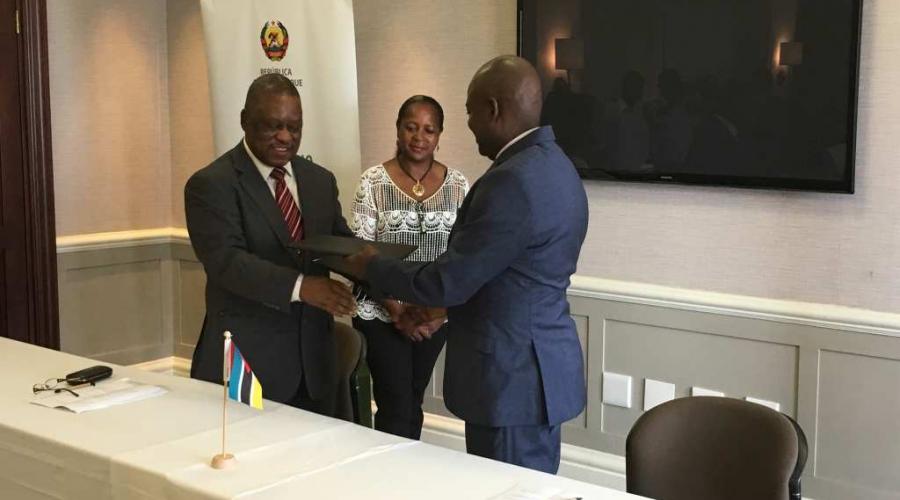Great Limpopo expands its conservation area
Mozambique has become the first country since the signing of the Great Limpopo Transfrontier Park (GLTP) Treaty in 2002 to add an area to the Great Limpopo Transfrontier Conservation Area (GLTFCA) with the establishment of the Greater Libombos Conservancy (GLC). The Treaty provides for the establishment of the GLTFCA, which is defined, as “the area adjacent to the Transfrontier Park, comprising compatible conservation areas but not lending itself to formal integration with the Transfrontier Park, shall be managed as a Transfrontier Conservation Area”. The Memorandum of Understanding (MoU) to fomalise the GLC was signed between Mozambique's National Administration of Conservation Areas (ANAC) and Licoturismo on 22 February 2017 in Maputo, Mozambique.
The GLC (240 000 ha) is now the first privately managed area to be included as part of the GLTCA and comprises a total of nine properties in Mozambique on the eastern boundary of the Kruger National Park.
The GLC is significant in terms of its environmental attributes, as well as its geographic location. It conserves and protects diverse natural and cultural assets. It is largely devoid of infrastructure or anthropogenic impacts, and includes vast unspoilt areas that provide opportunities for the development of true wilderness experiences. The GLC is also a key component of the largest rhino refuge area in southern Africa and, together with its neighbours, is at the forefront of the combat against the current rhino poaching epidemic.
This development has paved the way for the establishment of a Joint Park Management Committee (JPMC) between the GLC and KNP. The JPMC was formally established at its inaugural meeting on 11 April 2017 in Mopani Rest Camp, Kruger National Park. Activities of the JPMC will be guided by a Joint Operations Strategy, which will outline strategies and plans guiding cross-border collaboration on activities relating to conservation management, wildlife crime, tourism, and community development. These will be developed to support the on-the-ground implementation of key GLTFCA strategies and plans, especially those promoting the conservation and protection of key species, effective governance and diversification of local livelihoods.


